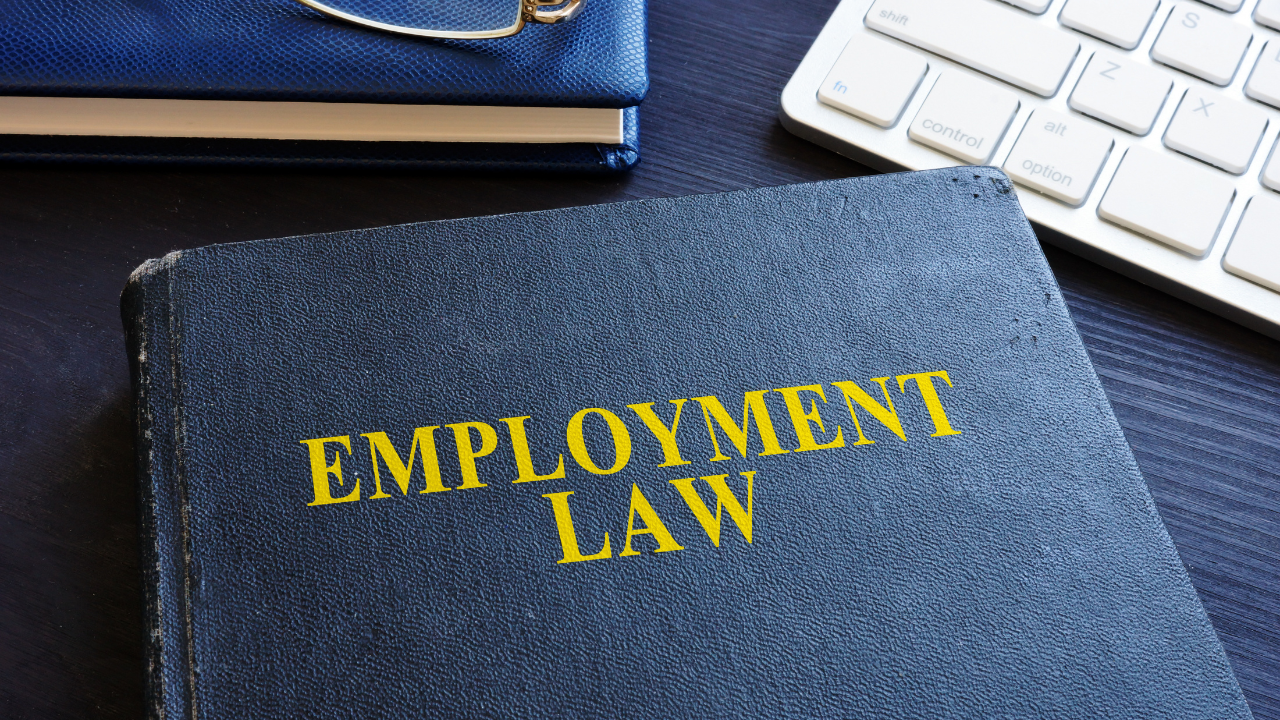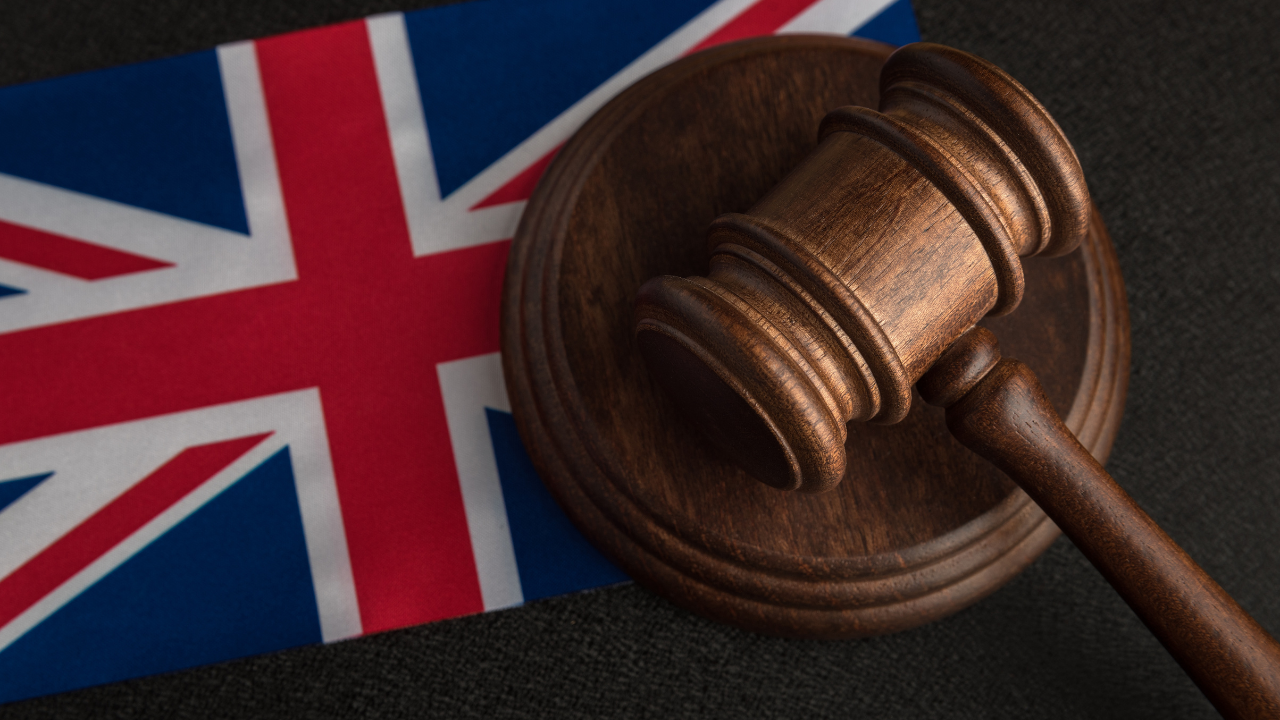As you may be aware the Chancellor extended the furlough scheme, but on 29 May 2020 the Chancellor provided some clarity to how the furlough scheme would work after 31 July 2020. So, we’ve prepared this FAQ to help explain some of the changes.
What are the key changes that will apply from July 2020?
From 1 July 2020 furloughed employees will be allowed to undertake part-time work. This will affect the information an employer is required to submit when making a claim. Employers will need to provide certain information such as reporting hours worked and the usual hours an employee would be expected to work in a claim period. Further guidance is expected from 12 June 2020.
Is there a deadline to furlough employees under the CJRS?
On 29 May 2020, the Chancellor announced that the CJRS, as it is now, will end on 30 June 2020. After that date, furloughed employees will be able to return to work on a part-time basis. The scheme will continue until 31 October 2020.
The CJRS will close to new entrants from 30 June 2020. After that date, employers will only be able to furlough employees that have been furloughed for a minimum of three weeks before that date. This means that employees must be furloughed by 10 June 2020 in order that they are furloughed for the minimum three weeks.
The deadline for employers to claim under the CJRS for the period to 30 June 2020 is 31 July 2020.
Can an employer make multiple claims in respect of the same period?
No. Employers may furlough different groups and numbers of employees at different times, but an employer can only make one claim during a claim period for each PAYE scheme it operates. Each claim must include all furloughed employees on the relevant PAYE scheme because only one claim per scheme is permitted, and HMRC has confirmed that employers cannot make changes to their claim once it has been submitted.
What is meant by “claim period”?
Although the minimum furlough period is three weeks, there does not appear to be an obligation to make a claim every three weeks. In respect of claims relating to furlough periods prior to 1 July 2020, there does not appear to be a minimum or maximum period for each claim for reimbursement, and it does not appear that employers are required to use the same claim period in each claim.
Employers may decide to submit a claim before running payroll in order to ensure that funds are received in time to make payment. The employer can apply up to 14 days before the end of the claim period it has chosen, but payment may take up to six working days, so there may be a relatively narrow window to achieve this result.
It appears that the position will change from 1 July 2020.
On 29 May 2020, the government announced that from 1 July 2020, claim periods will no longer be able to overlap months and employers who previously submitted claims with periods overlapping calendar months will no longer be able to do so going forward. In addition, there will be a minimum claim period of a week.
Will the CJRS continue after 30 June 2020?
Yes, on 12 May 2020 the Chancellor announced that the scheme will be extended to the end of October 2020 across all regions and sectors in the UK.
On 29 May 2020, the Chancellor announced the following:
- From 1 July 2020, furloughed employees will be able to return to work on a part-time basis. Employers will pay in full for days worked and can claim under the CJRS for days not worked, subject to the relevant caps.
- Employers will not be required to contribute to employees 80% (capped at £2,500) furlough pay until 1 August 2020. For details of employer’s contributions from 1 August 2020.
How will the CJRS change from 1 July 2020?
From 1 July 2020, furloughed employees will be able to return to work on a part-time basis. Employers will pay in full for days worked and can claim under the CJRS for days not worked, subject to the relevant caps.
The Coronavirus Job Retention Scheme fact sheet suggests that the following will apply under the new scheme:
- Only employees who started furlough on or before 10 June 2020 will be eligible for the new scheme.
- It appears that there will not be any limit or restrictions on the working arrangements of furloughed employees, although further details are awaited.
- Under the new scheme, it may be necessary that the agreed new working arrangement is confirmed in writing.
- There will be no minimum furlough period. However, any furlough arrangement agreed between employer and employee reported in a claim to HMRC must still cover a period of at least a week.
- Claim periods will need to be a minimum of a week, and claim periods will no longer be able to overlap months.
- Employers will need to report both hours worked and the usual hours an employee would be expected to work in a claim period.
- The number of employees an employer can claim for in any claim period cannot exceed the maximum number they have claimed for under any previous claim. This could be relevant where the employer has been operating rotating furlough arrangements under the current scheme.
How will the CJRS change from 1 August 2020?
From 1 August 2020, employers will be required to pay the following contributions towards furloughed employees’ 80% (capped at £2,500) furlough pay:
- August 2020: Employers will be required to pay the employer national insurance contributions and employer pension contributions on the furlough pay.
- September 2020: Employers will also be required to pay 10% of employees’ pay, capped at £312.50. The government will pay 70% of employees’ pay, capped at £2,187.50.
- October 2020: Employers will be required to pay 20% of employees’ pay, capped at £625. The government will pay 60% of employees’ pay, capped at £1,875.
As furloughed employees can return to work on a part-time basis from 1 July, the new caps will be proportional to the hours not worked.
Will employers need to enter into fresh furlough agreements with employees if their furlough period continues after the end of June 2020?
From:
- 1 July 2020, furloughed employees will be able to return to work on a part-time basis. Employers will pay in full for days worked and can claim under the CJRS for days not worked, subject to the relevant caps.
- 1 August 2020, employers will be required to contribute to the furlough costs of employees.
The Factsheet states that further guidance on flexible furloughing from 1 July 2020 will be published on 12 June 2020.
As employees have not been allowed to work for their employer while on furlough since the CJRS commenced, a properly drafted furlough agreement will currently prohibit employees from carrying out any work for the employer during their furlough period. It may, therefore, be necessary for the furlough agreement to be amended by a side letter, or for a fresh furlough agreement to be entered into, which allows the employee to work during furlough and deals with the circumstances in which the employer can require the employee to work. It appears that any flexible furloughing arrangement will need to be recorded in writing.
The difficulty for employers at this stage is that the government has not yet announced the detail of the changes to the CJRS that will take effect from 1 August 2020.
Once the full details of the CJRS from 1 July 2020 are known, employers will be able to fully assess what action should be taken. However, employers should ensure that the employee’s consent to any variation of their furlough agreement is obtained in advance of the changes taking effect to ensure that there has been a valid variation of contract. In addition, the new rules may set specific requirements in terms of accessing the CJRS where an employee is working part-time and these will also need to be complied with in implementing any contractual changes.
Which employees are covered?
The scheme covers the individuals detailed below, whether they are employees or workers, provided that they:
- Were on a UK employer’s PAYE payroll and notified to HMRC on an RTI submission on or before 19 March 2020.
- Are furloughed for the first time on or before 10 June 2020.
Can an employer rotate furlough between its employees?
In respect of furlough periods up to and including 30 June 2020, employees must be furloughed for a minimum of three weeks (21 days).
Since employers are likely to receive many requests or volunteers to be placed on furlough, it is likely to assist employee relations for employers to be able to move employees on and off furlough, subject to that minimum three week period, so that no employee feels that they have been unfairly denied the opportunity to take furlough. The guidance confirms that employees can be furloughed multiple times, subject to the minimum three consecutive week period.
On 29 May 2020, the Chancellor announced that no new entrants to the CJRS will be accepted after 30 June 2020. This means that an employee must have been furloughed for the first time on or before 10 June 2020, in order that they could be furloughed for the minimum three weeks. It appears likely that an employee furloughed for the first time on or before 10 June 2020 could return to work and then be furloughed again after 30 June 2020. However, the government has not specifically confirmed this.
For employers who have rotated staff on furlough throughout the available period, it should be noted that, from 1 July 2020, “The number of employees an employer can claim for in any claim period cannot exceed the maximum number they have claimed for under any previous claim under the current CJRS”. This appears to mean that, from 1 July, the employer will not be able to flexibly furlough all of its employees and have them return on a part-time basis; it will only be able to continue to furlough the maximum number it has furloughed previously.
There will be no minimum furlough period from 1 July 2020. However, any furlough arrangement agreed between employer and employee reported in a claim to HMRC must still cover a period of at least a week.
















